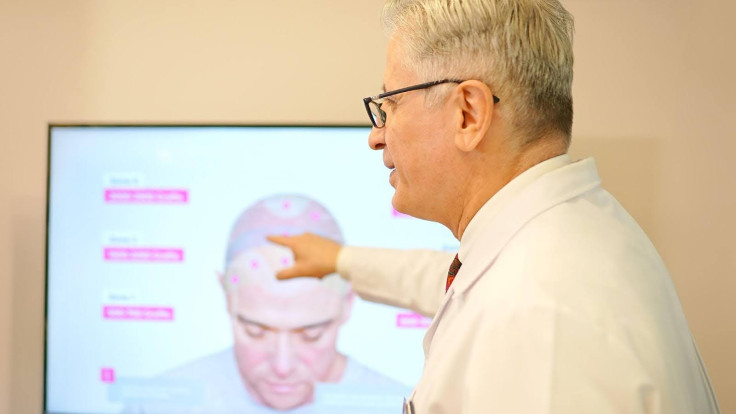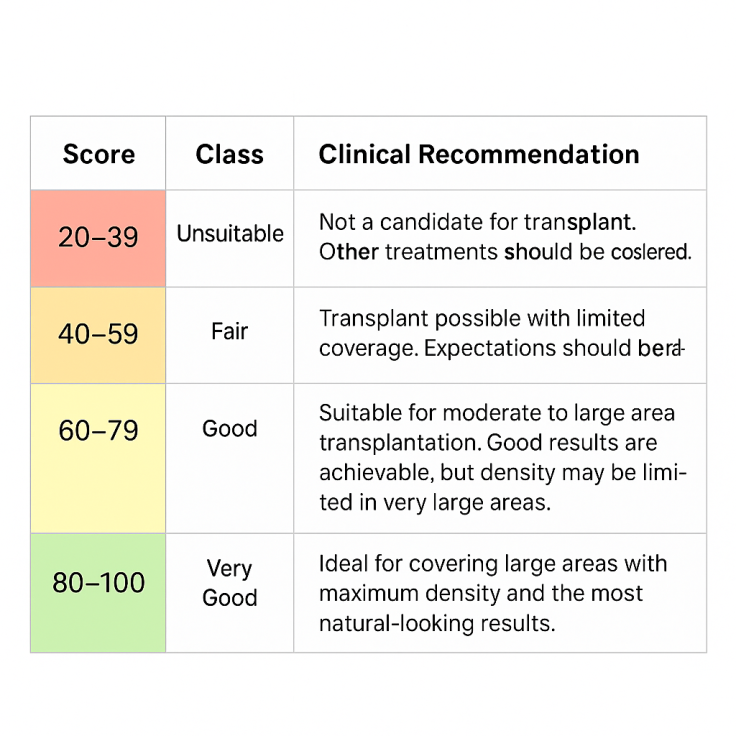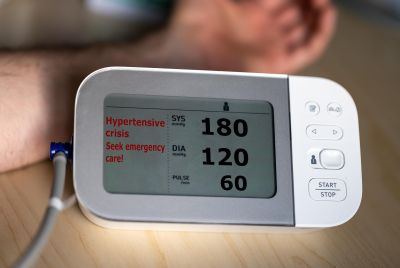DK Klinik's Hair Donor Index Improves Hair Planning
With the launch of the Hair Donor Index, DK Klinik is reshaping how clinics help patients achieve safer and more predictable hair transplant results

Androgenetic alopecia is a hair loss process that affects both men and women, causing psychological issues such as loss of self-confidence and feeling bad about oneself in social and professional life, and it is pretty standard.
The fact that more than half of men over 40 are affected by this condition plays a significant role in the popularity of hair transplantation, which remains the only permanent treatment for hair loss.
However, a significant number of people seeking a new look face the challenge of an 'insufficient donor area', which is critical for a successful hair transplant.
Hair transplantation cannot be performed if there are not enough healthy grafts in the donor area, the region from which the grafts are harvested.
Although the donor area is one of the most critical factors in achieving an aesthetic appearance, there has been no standard evaluation criterion for measuring it until now.
Clinics have been determining whether individuals are suitable candidates for hair transplantation based on subjective evaluations and estimating the maximum number of grafts that can be harvested primarily through personal experience.
A standard in this area has undermined patients' confidence in the procedure.
DK Klinik in Turkey has developed the Hair Donor Index based on 23 years of clinical experience to bring greater transparency to hair transplant candidates and enable clinics to make better decisions when performing hair transplants using DHI and FUE techniques.
Dr Meltem Şentürk explains that this donor evaluation system, known as the Hair Donor Index, is a method they have been using internally for many years in their case evaluations at the clinic.
'We have been classifying our patient candidates according to the methodology we developed over the years, which we call the Hair Donor Index. However, we realised that no data-driven criteria were available for patient candidates or clinics when evaluating the donor area. So, we decided to share our long-used, beneficial methods with the public.'
Understanding the Hair Donor Index
DK Klinik introduced a structured scoring model, the Hair Donor Index, to clarify how donor areas are assessed.
The Hair Donor Index is a donor evaluation model developed by DK Klini. It accurately predicts the suitability of candidates' donor areas for hair transplantation based on several variables.
The four parameters used in scoring are follicular density, donor area size, follicular unit distribution, and hair shaft thickness.

Each of these parameters carries a different level of influence on donor area evaluation.
Each parameter is scored on a scale from 0 to 20 based on its clinical importance.
The likelihood of achieving successful hair transplant results increases as the total score increases.
Raising Transparency and Trust in Hair Transplantation
By creating the Hair Donor Index, DK Klinik offers a fresh approach to donor area evaluation—one that relies on measurable details rather than guesswork or vague impressions.
As hair transplants grow more common worldwide, having access to something clear and grounded like the Hair Donor Index makes a real difference.
It helps patients set realistic expectations and encourages clinics to adopt more thoughtful, evidence-based practices.
For patients, this shift means starting their hair restoration journey with better insight, greater confidence, and a sense that their future appearance is backed by careful planning — not promises.
© Copyright IBTimes 2025. All rights reserved.





















